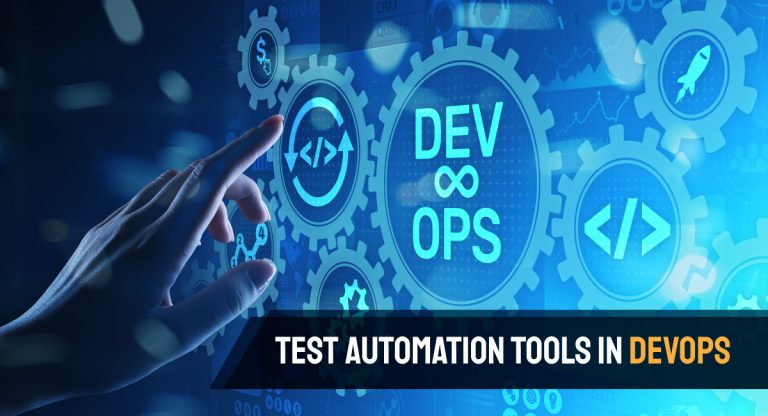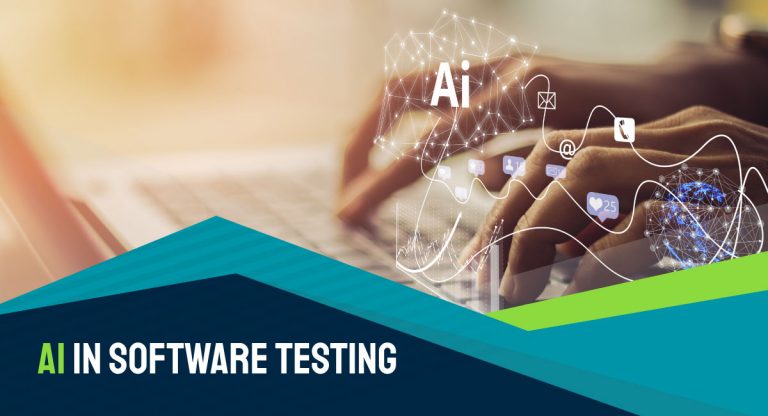Test Automation Trends to Accelerate Development Cycles in 2020
What 2020 holds in store for software testing automation
Enterprises are constantly on the hunt for trends that improve their application’s effectiveness, expedite development cycles, reduce downtimes, and improve cost savings. In such cases, they often resort to methods that can automate mundane testing procedures. Why is it the right time to leverage test automation trends? Here we discuss a few software testing automation trends expected to dominate in 2020.
The automation testing lifecycle
Automation testing provides testing teams the ability to improve the coverage of their software tests and additionally offers improved quality, cost savings, shorter testing cycles, and a multitude of other benefits. To reap benefits out of automation techniques, the key is to incorporate the right skills, planning, as well as the right testing tools.
Let us walk through the various phases involved in an automation lifecycle:
- When and what and how to automate?
- Selecting the right tool
- Test planning, designing, and strategy selection
- Establishing the testing environment
- Development and execution of the automation test script
- Analytics
- Report Generation
Related Reading: Understanding The Different Types Of Software Testing
Factors that drive the adoption of test automation in 2020
- Ability to strategize and plan.
- Finding resources and skills to make use of automation tools and frameworks.
- Ability to assess related risks.
- Exploration of tools.
- Providing instant feedback so that developers can gain insights into various areas that require improvement.
- Conducting multiple tests throughout various phases.
- Increasing efficiency to reduce risks.
- Reducing defect fixing time and effort.
- Investing more time for the development and enhancement of features.
- Analyzing strategies to capture data to assess various releases.
- Ensure API testing to determine the functionality, performance, security, as well as reliability of the application tested for.
Automation testing trends to watch out in 2020
1. Test automation to improve quality for Agile and DevOps
As businesses face constant pressure to meet the changing customer demands and expectations, agility becomes the key to success for coping with the transformation. Additionally, enterprises lookout for agile processes and software delivery approaches such as DevOps to ensure a faster delivery time of applications to the market. Agile-DevOps transformation has brought about higher levels of quality, flexibility, efficiency, and productivity to achieve faster release cycles, improved quality, and increased ROI.
Related Reading: Myths About Load Testing in Agile Environment
2. Usability testing to ensure improved user experience
Mobile and eCommerce applications are great enablers for businesses today. User Interface, as well as the operational flows, play a critical role in determining whether the visitors continue to be users or not. A quick application loading time can enhance your brand loyalty and improve customer experience and retention.
3. Big Data testing to tackle huge volumes of data
Historical data helps enterprises gain critical insights on future plans and objectives and helps them to be proactive through predictive maintenance, machine learning, and AI techniques. Mining structured, as well as unstructured data, are hence important for effective testing.
4. IoT testing for well-connected devices
According to the latest reports published by Statista, the entire installed base of the Internet of Things connected devices is forecasted to amount to 75.44 billion worldwide by 2025. This figure was just 6.4 billion during the year 2016. This increase in the figures illustrates the massive requirement for effective IoT strategies in test automation. This testing includes testing of OS, various software and hardware of the IoT connected devices, different communication protocols, and so on.
5. AI and ML testing for technological innovations
The global AI software market is forecasted to grow to $14.7 billion by the year 2025. AI and ML technologies such as gesture recognition and speech recognition are taking over the world by storm. Similarly, technologies such as neural networks and predictive maintenance also require high-quality testing methodologies for technological innovations.
6. Blockchain Testing
Blockchain Testing enables smart contracts and prevents fraudulent transactions, especially when dealing with digital currencies such as Bitcoin. Blockchain debugging is thus crucial for enabling streamlined and smooth financial currencies.
7. Cyber Security Testing
Cyber vulnerabilities increase day by day and tackling them requires effective testing practices. (CEH) Certified Ethical Hackers with key security tools and technologies can safeguard applications from malfunctions and cyber attacks.
8. RPA Testing
RPA (Robotic Process Automation) testing ensures enhanced output, facilitates high-end performance and reduces the efforts required while performing end-to-end testing. For instance, robots can enhance a workspace with its capability to perform redundant tasks. RPA testing is thus crucial for effective applications with faster development cycles.
Related Reading: Quality Assurance in Software Testing – Past, Present & Future
Integrating automation testing into your workflow requires you to take into account how it will impact the people, process, and technology of your organization. It’s also crucial to measure if automation fits into the cycle of continuous integration and delivery and how it will merge with your software development lifecycle. Fingent helps you reap the benefits of test automation. Contact us to know more.
Stay up to date on what's new

Recommended Posts

11 Mar 2020
Test Automation In DevOps For Expediting Software Development
How DevOps Uses Test Automation Tools to Accelerate Software Development The goal of DevOps is to build faster, effective, and responsive applications by bringing together the development team and the……

04 Mar 2020
How Artificial Intelligence Impacts Software Testing
How AI is bringing change to the software testing practice Artificial Intelligence is penetrating into multiple functions performed by the software industry. In software testing, the technology holds the potential……

21 Jan 2020
Understanding The Different Types Of Software Testing
Testing Types And Strategies: Choosing A Testing Method Understanding the basics of software testing is crucial for developers and quality assurance specialists equally. To deploy a better software and to……

27 Oct 2015 Manufacturing
Myths About Load Testing in Agile Environment
There have been major changes in the way software and applications are built in software companies. Enterprises have moved beyond the conventional waterfall development model to more flexible Agile development……
Featured Blogs
Stay up to date on
what's new












